Click the blue text
Follow us


This
Herb
Issue Four
Outline
Contents
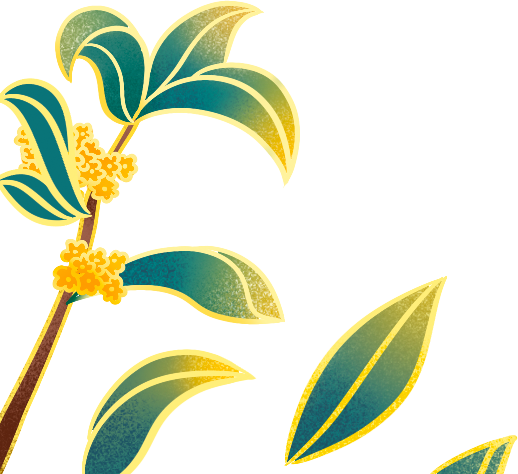
Written by Li Shizhen, the Compendium of Materia Medica (Bencao Gangmu) is a culmination of pre-Ming dynasty materia medica studies, and it was the first to adopt a systematic classification of medicinal substances, pioneering the way for future materia medica texts. The book consists of 52 volumes and nearly 1.9 million words, documenting 1,892 medicinal substances, with 11,096 prescriptions and 1,109 illustrations of herbs. The British biologist Charles Darwin cited the Compendium of Materia Medica multiple times, referring to it as the “ancient Chinese encyclopedia”; in 1953, Li Shizhen’s portrait was embedded in the newly constructed building of Moscow State University, alongside renowned scientists such as Newton, Copernicus, Marie Curie, and Darwin; in May 2011, the Compendium of Materia Medica and the Huangdi Neijing were included in UNESCO’s “Memory of the World Register,” being the only two Chinese medical classics recognized.
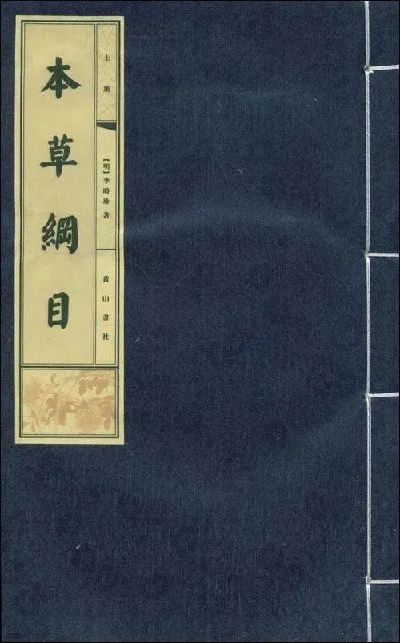
“Life is like a boat against the current, and my heart is as hard as iron and stone.”
“I hope to fulfill my father’s aspirations, and I fear no difficulties until death.”

In this episode, “The Classics of China” focuses on the Compendium of Materia Medica, aiming to leverage the influence of artistic works to enhance public recognition and pride in traditional Chinese medicine, and to collectively inherit, develop, and utilize the precious heritage left by our ancestors.
The author of the Compendium of Materia Medica is Li Shizhen, who was born into a remarkable family of physicians, with three generations practicing medicine. After passing the scholar examination, he repeatedly failed to pass the higher examination, prompting him to request to accompany his father in practicing medicine. Upon discovering inaccuracies in the inherited medical texts and the inconvenience of consulting them, he was inspired to compile a new medical book. Li Shizhen’s initial aspiration to compile this book was noble; when seeking his father’s consent, he resolutely composed a poem to express his determination: “Life is like a boat against the current, and my heart is as hard as iron and stone; I hope to fulfill my father’s aspirations, and I fear no difficulties until death!” Although this is a simple poem, it reflects Li Shizhen’s grand vision and great ambition.


After extensively reviewing medical texts and various rare herbs, Li Shizhen chose to resign from his position at the Imperial Medical Institute and returned to his hometown to begin revising the materia medica. At the age of 35, he transformed from a renowned physician into a wanderer, traveling through vast regions of Henan, Hebei, Jiangsu, Anhui, Jiangxi, and Hubei, leaving his footprints in places like Niushou Mountain and She Mountain in Nanjing, as well as the eastern Maoshan. To ascertain the efficacy of medicinal substances, he often personally tasted the herbs, risking his life in the process. He is regarded as the true “Shennong” in Chinese history.
In 2007, the World Health Organization issued the “International Standard Terminology for Traditional Medicine,” which parallels the Compendium of Materia Medica in its aim to standardize traditional Chinese medicine. However, one is a vast international organization, while the other is an individual, making their resources incomparable. This is precisely what makes Li Shizhen great.
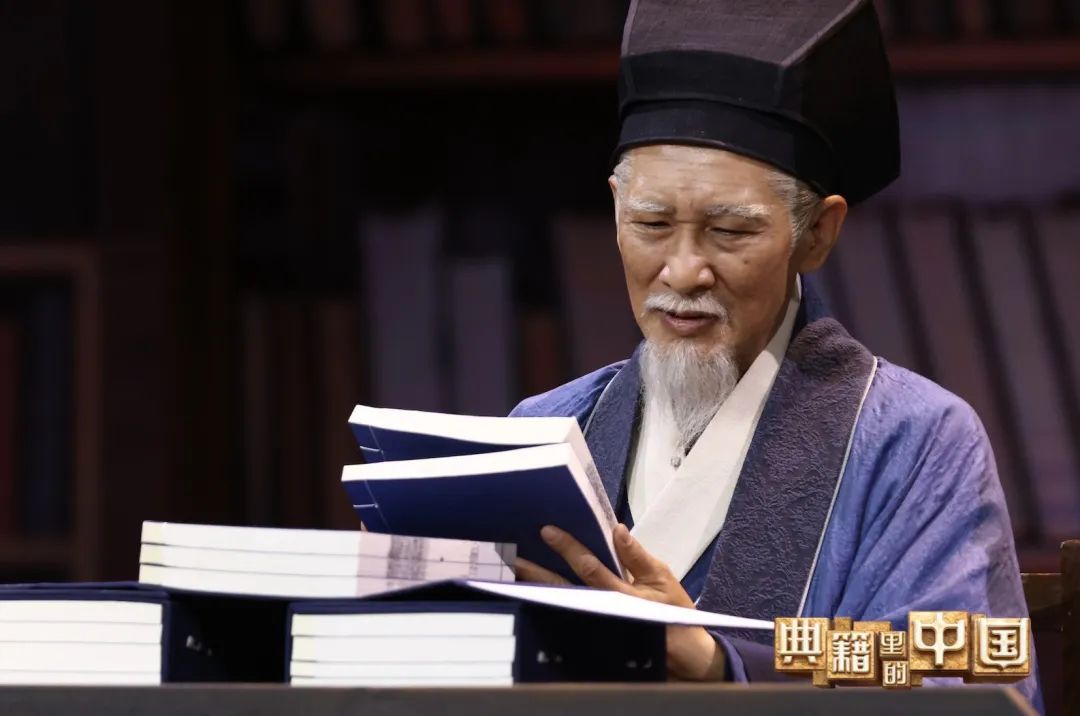

After decades of hard work, Li Shizhen painstakingly compiled the Compendium of Materia Medica. Unfortunately, he did not live to see his life’s work published. The producers of this program used time travel as a narrative device, allowing modern scholar Sa Beining to help the elderly “Li Shizhen” realize this long-held wish in another way, thus alleviating the regret that has lingered for over four hundred years.
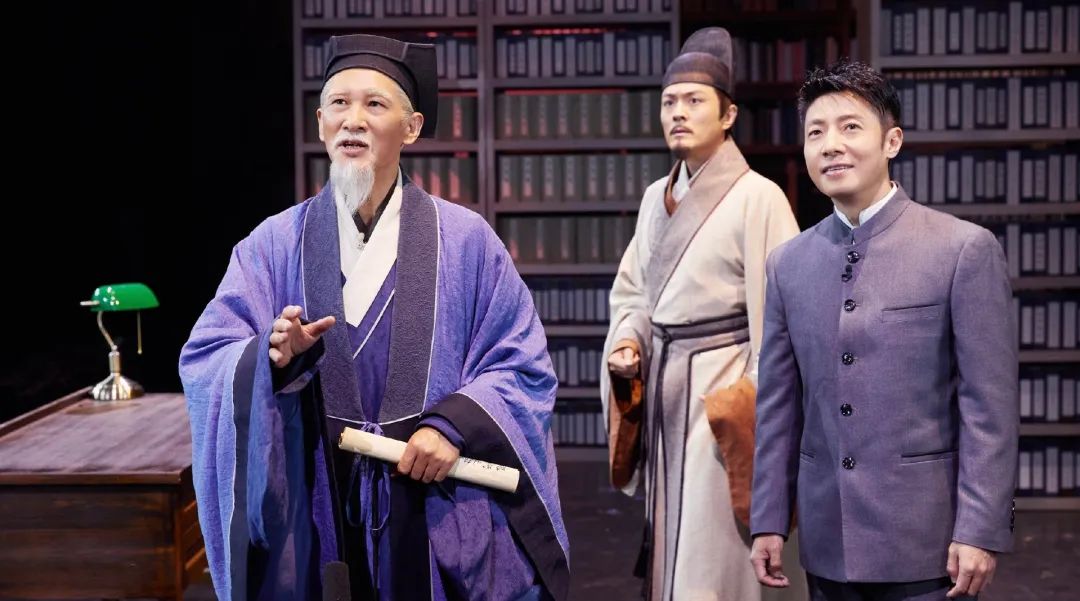
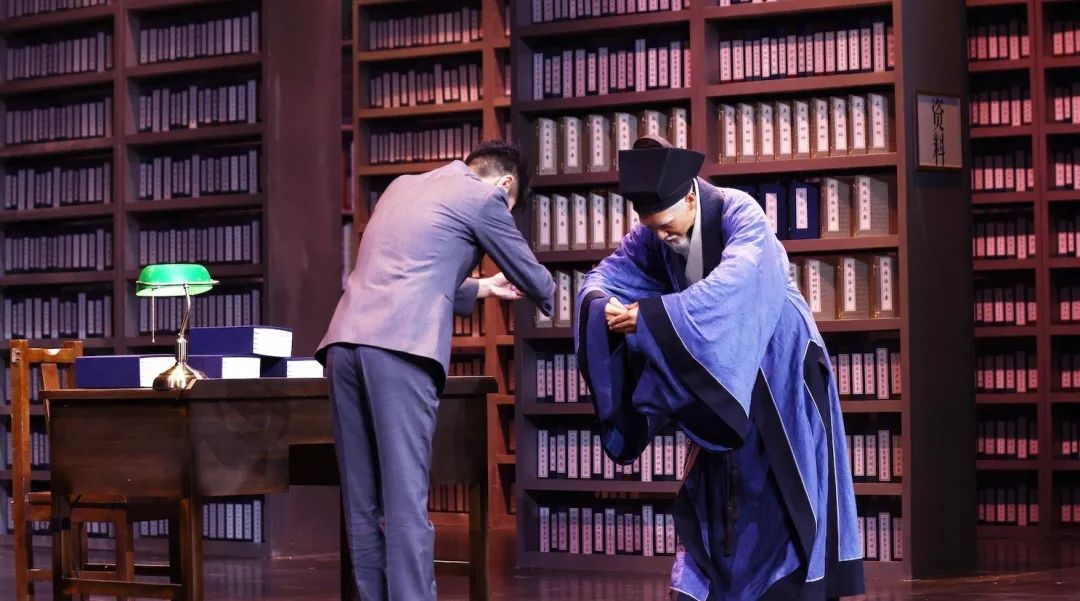


Library New Media Supervisor
Editor: Zhao Songwenjia
Review: Yue Yaoliang, Ji Yu
Images from the internet

